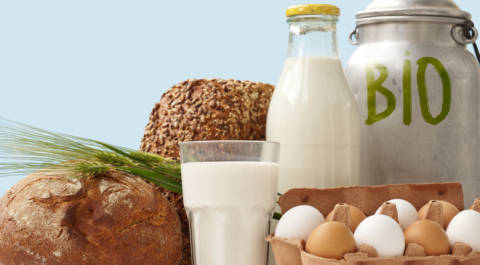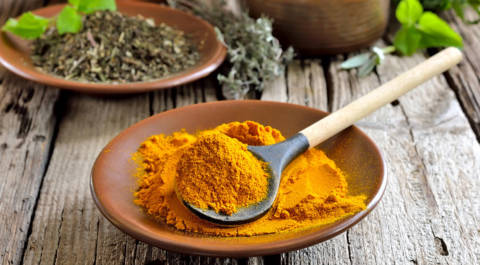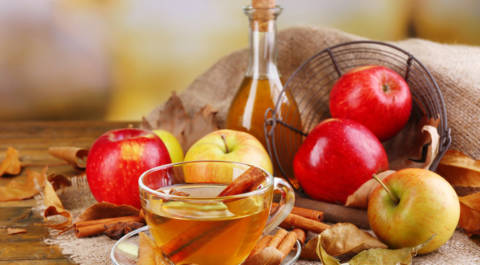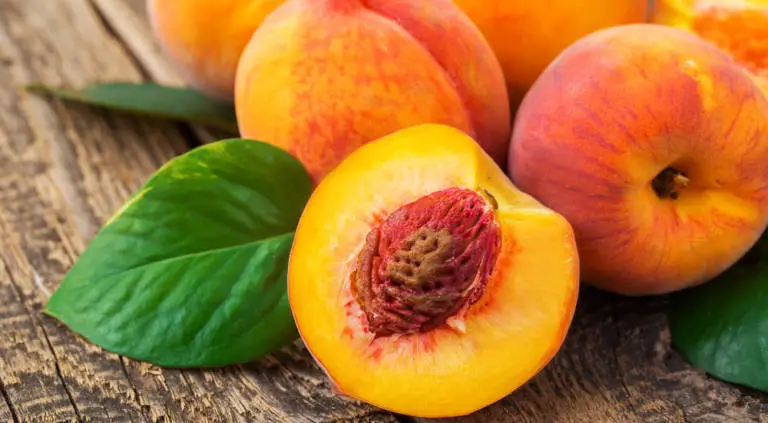
The peach's botanical name is a bit deceiving – Prunus persica. Persica…makes it sound like it is from Persia, doesn't it? While the Persians are an important part of the history of the peach tree, this fruit tree that bears sweet fruits with large pits (known as one of the ‘stone fruits') actually can be traced back to ancient China! There are ancient Chinese writings from back in the 10th century B.C. that mention peaches as the fruit enjoyed by emperors.
Like Organic Soul on Facebook
Well, then how did the peach end up with a name that roughly translates to PERSIAN Apple? The Persians, who did a lot of trading with China, brought the peach back and passed on it on to the Romans who then spread it all around Europe. It wasn't until the 16th century that the peach made its way over the Atlantic. The peach actually made it to North America before it made it to England. How about that? Despite its slow arrival to England, it became a popular fruit with Queen Victoria. She had at least one peach with every meal.
On this side of the pond, the Native Americans quickly took to the peach and are credited with its spread throughout the United States. The large pits made it easy to transport and trade. Peaches first were commercially raised in Maryland, Delaware, George and Virginia, but are now grown throughout the country. They are the second largest commercial fruit crop in the US! Despite being a major crop in the US, the growing range for peaches is very limited because they require so many hours of chilly weather, but yet are not very cold hardy.
Peaches are low calorie and very good for you. They are rich in Vitamin A, a good source of dietary fiber, high in anti-oxidants, and amino acids. They have been known to help digestive system issues due to their high fiber content and having a slight laxative effect. They are also very hydrating (being more than 80% water) so they are a good fruit to consume on hot summer days.
Here are a few recipes for you to enjoy before they go out of season! Peaches peak in July to September, but can be grown in California through October. Be gentle when handling peaches at they bruise easily. You should ripen in a cool room or refrigerator with the stem end down.
Peach Cobbler
- 4-6 cups sliced peaches
- 1 cup flour (I use the gluten free blend by Pamela's Products, but you can use any flour)
- 1 cup sugar or ¾ cup honey
- 1 large egg, beaten
- ½ cup butter
- Cinnamon
- Nutmeg
- Preheat oven to 350 degrees F.
- Place sliced peaches on the bottom of a glass baking dish and sprinkle with a little sugar (drizzle honey), cinnamon and nutmeg on top. Toss to mix it up a little.
- In a separate bowl, mix 1 cup sugar (or ¾ cup honey), flour and egg until crumb like. Pour over peaches.
- Melt butter and drizzle over crumbs. Bake at 350 degrees for 30 minutes or until top turns golden brown and crusty. Serve hot or cold.
Baked Peaches with Honey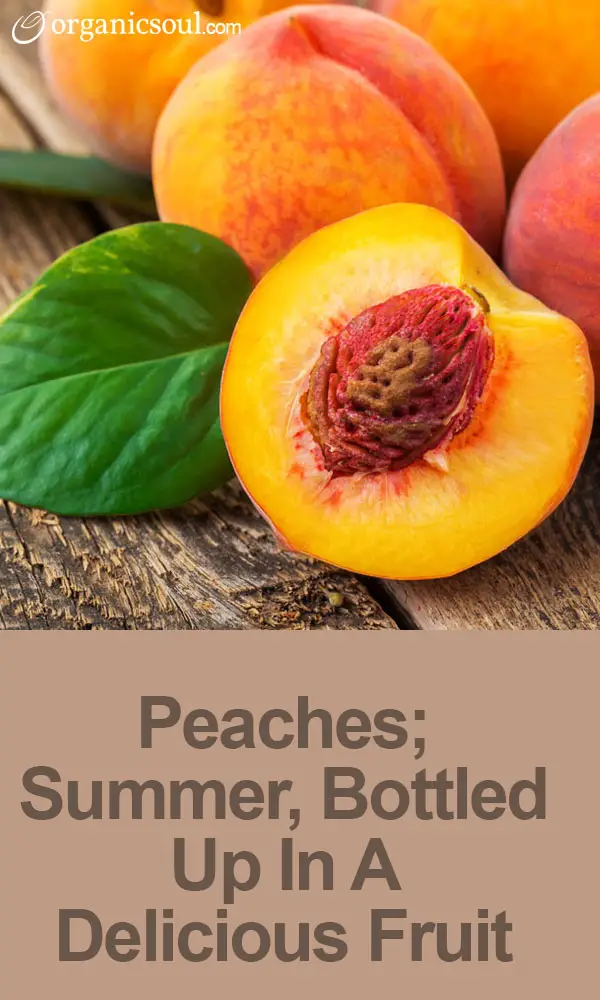
- Sliced or halved peaches
- Honey (I recommend a darker honey such as Buckwheat honey from a local apiary)
- Preheat oven to 350 degrees F.
- Drizzle honey over peaches and bake until soft. Eat over ice cream while warm.
Peach Ice Cubes
- 4 peaches, possibly ones that are little over ripe and soft
- 1 tablespoon lemon juice
- Combine peaches and juice in blender, puree until very smooth.
- Pour into ice cube tray and freeze. Use in mixed drinks.


